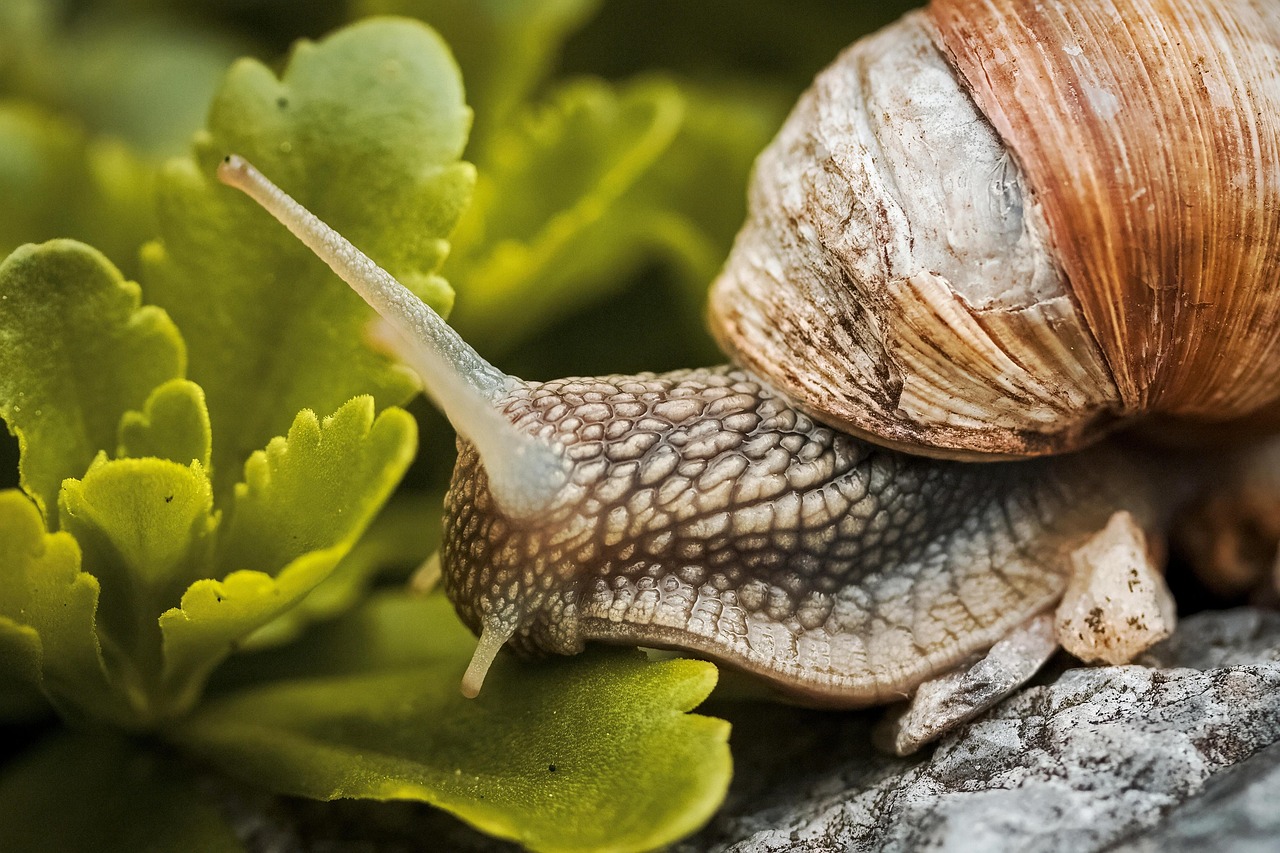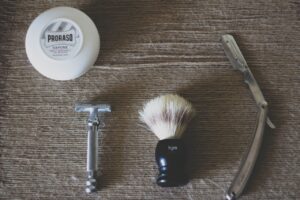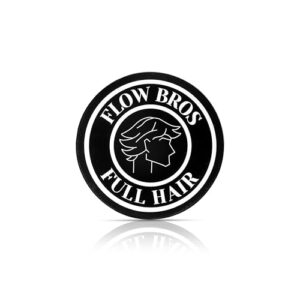Quick Start: Smooth Blends on Coarse Curly Hair
Master clipper over comb blending on coarse curly hair with the Andis Master. This guide covers prep, clipper setup, comb technique, layered blending, texturizing, and client aftercare so you create smooth, natural transitions and salon-ready texture that lasts between visits.
What You’ll Need
Texas Bald Taper Fade with Andis Masters & GTX Trimmers
Consultation and Hair Analysis: Set the Foundation
Want flawless blends? Start by knowing the curl — skip this and you’ll pay with awkward lines.Ask about client goals, daily styling routine, and any previous chemical services. Clarify examples: “Keep length on top but tight on the sides?” or “Want a soft graduation or a high skin fade?”
Examine curl pattern, density, porosity, and coarse texture by stretching small sections—note how curls spring back, natural fall, and any cowlicks.
Drape the client and section hair into manageable zones with clips. Lightly mist hair to reveal true curl behavior without over-saturating.
Mark reference points and desired fade line or graduation with a comb or clip. Explain that clipper-over-comb creates smooth transitions while preserving texture. Confirm length targets on each zone and gain client approval before proceeding to the clipper setup. Plan speed, guard sizes, and blade angles for safety today.
Andis Master (KD) Prep: Blade, Speed, and Care
A well-prepped clipper saves hours — here's the one setup that won't pull or ping curls apart.Choose the right Andis Master (KD): a sharp adjustable blade, full-size housing for control, and a solid motor for torque. Remove debris and oil the blade, then run the clipper briefly to check alignment and pull. Select a blade gap that avoids pulling—usually a higher zero gap for dense, coarse curls. Set clipper speed to medium-high for clean cutting without frizz, and use corded power when possible to maintain torque. Fit the blade securely and test on a small hidden section (behind the ear or nape).
Familiarize yourself with the clipper’s weight and balance to steady your hand. Carry a light guard and comb for controlled sectioning.
Comb and Hand Technique: Your Anchor Points
Grip like a pro—small tweaks in hand position mean fewer mistakes and faster blends. Seriously.Master the comb sequence: start with a wide-tooth comb to detangle, then switch to a finer comb for elevation and control.
Hold the comb like a pencil between fingers with your thumb bracing the spine for precise elevation and micro-angle changes.
Anchor the section with your non-dominant hand: apply consistent tension and rotate the comb to follow the curl direction—this prevents chopping and preserves pattern.
Position the clipper blade just above the comb teeth at a shallow angle to skim curls; use short, deliberate strokes and expand stroke length as you gain confidence.
Keep wrists aligned and move your body, not fingers, to maintain evenness across sections.
Practice releasing tension slightly on curls to avoid over-thinning and to maintain natural bounce always.
Layered Blending Strategy: From Heavy to Light
Blend in stages — this single habit prevents chunky fades and keeps curls alive. Try it once.Start blending from the heaviest zone and work toward longer lengths—e.g., begin at a bulky nape or crown and blend up into the guard length to avoid abrupt transitions.
Work in small subsections. Keep sections consistent in size so each pass removes the same visual weight.
Elevate hair at a steady angle and use the comb to lift curls while the clipper follows the comb’s top edge. Keep the comb stable; let the clipper skim.
Use conservative, iterative passes:
Rotate your wrist slightly to feather the blade and use diagonal and vertical strokes to break hard lines and soften ridges.
Cross-check by combing hair dry and observing silhouette. Switch to a thinner comb or open the blade slightly for softer knockdown. Always step back frequently and compare both sides for symmetry.
Texturizing and Edge Finishing: Softness Without Frizz
The right scissors move can add bounce; overdo it and you’ve created a bush. Learn the balance.Finish the blend with targeted texturizing to preserve movement and reduce bulk.
Cut small sections vertically with barber scissors or thinning shears, snipping at varied depths to avoid uniform notches.
Overdirect sections away from the head when snipping to keep length where desired while softening transitions — for example, pull crown curls forward and make small vertical snips through the mid-shaft.
Switch to a detail trimmer for edges; hold skin taut around the hairline, ears, and nape and work slowly for crisp lines.
Avoid excessive point-cutting on coarse curls; use slide-cutting motions or open thinning-shear blades sparingly to prevent frizz.
Apply a lightweight leave-in or curl cream, let hair dry, then evaluate final shape and refine any uneven spots in the mirror.
Client Aftercare and Maintenance: Keep the Cut Looking Fresh
Want repeat bookings? Teach clients one easy nightly routine that extends your perfect blend.Educate the client on gentle daily care. Detangle with fingers or a wide-tooth comb while hair is damp (example: rake fingers through curls, not brushing dry).
Apply a lightweight leave-in conditioner to damp hair and a small amount of curl-defining cream to enhance shape without weighing curls down. Avoid aggressive towel rubbing; pat or scrunch with a microfiber towel or old T-shirt.
Use minimal heat; if needed, diffuse on low heat/low airflow to reduce frizz. Trim every 4–8 weeks to keep the fade crisp and remove split ends.
Demonstrate a quick at-home refresh: comb tidy edges and use a small clipper guard (e.g., #1) for light touch-ups.
Document blade/guard settings and products used. Encourage feedback after the first wash and schedule a follow-up check in two weeks.
Wrap-Up: Practice for Precision
Practice these clipper-over-comb steps with the Andis Master (KD) to create smooth, natural blends on coarse curly hair. Repeat, review, and refine until confident; your consistency yields healthier-looking cuts. Try it, share your before-and-after, and join the conversation today online.













I loved the maintenance schedule suggestions. One question: do you recommend scheduling follow-ups specifically for texturized cuts, or just regular trims? Sometimes the texture needs touch-ups sooner.
I book a 30-minute spot-check 4 weeks after heavy texturizing — clients appreciate the follow-through.
Good point — texturized areas can need spot trims sooner. Suggest a 4–6 week spot-check for high-maintenance texturing, otherwise standard 6–8 weeks for general maintenance.
Nice — I’ll try offering that option.
I tried the layered blending strategy yesterday and it was 🔥. I started heavy in the bottom layer like the guide says and feathered up — ended with way less harsh lines than my usual. One thing: watch blade heat if you do repeated passes on coarse hair.
Also, using a higher tooth comb when blending up can reduce friction and give a smoother transition.
Exactly — repeated passes on coarse hair increase friction. Slow down, oil blades frequently, and use cool-down breaks to keep client comfort.
Pro tip: have a small spray bottle of clipper blade coolant or a damp cloth ready — helps between sections if you don’t want to stop too much.
This guide is so satisfying to read. The step about ‘Layered Blending: From Heavy to Light’ is literally a life-saver for my client’s thick crowns. Also, shoutout to the ‘edge finishing’ tips — saved me from over-line shaving and making it look boxy.
Edge work is subtle but makes a big difference. Use a fine-tooth comb and light clipper pressure.
Glad it resonates, Cara. Edges should frame, not box — small, soft strokes are key.
I have a weird thing: clients with very tight coarse curls sometimes want the same blended look as looser curl patterns. The guide’s techniques helped, but are there any extra steps for really tight coils to prevent snagging?
Thanks — I’ll try shallower exposure next time.
Also consider using a softer blade or a shallower blade exposure when you’re right at the scalp for tight coils — less pulling.
For very tight coils: use a wide-tooth comb to detangle gently, keep hair slightly damp, use minimal tension, and prefer single-pass blending in small subsections. Slower, deliberate strokes reduce snags.
Loved the Quick Start checklist — saved me time during a busy Saturday. The tip about using lower speed on the Andis Master (KD) for coarse curls is clutch. One thing I’d add: comb wet vs dry? I usually prefer slightly damp curls for better tension, but curious if anyone else does that.
I tried it dry once — big mistake 😂 flyaways everywhere. Damp + wide-toothed comb for detangling first is my routine now.
I go towel-scrunched damp too. Gives enough tension without flattening the curl pattern. Also, KD runs cooler at lower speed — less burn risk when you’re right at the scalp.
Good question! The guide leans toward slightly damp hair for better control and less frizz, but never soaking wet — that reduces clipper performance and can change curl clumping. Glad the Quick Start helped!
I appreciate the section on consultation. The checklist on hair analysis saved me from a miscut — asked the right questions about cowlicks and natural parting. Also, be honest with clients about what their hair will do — expectations matter.
Absolutely — a clear consultation prevents most ‘it looked different at home’ complaints. Glad it helped!
100%. Show them the different fall options and get verbal buy-in before you start.
Random funny note: I practiced the guide on my roommate’s head and he fell asleep mid-blend — either I’m soothing or the technique is super chill lol. Also, the blade-care reminders are gold. Clean blades = happier clients.
Ha! A sleeping client is usually a good sign — trust and comfort. And yes, blade care is crucial for performance and sanitation.
My clients nap sometimes too. Peaceful shop is a sign of good service 😉
Noticed the guide recommends oiling blades often — true dat. But does anyone else have trouble with oil attracting dust and lint in the shop? How do you balance lubrication and cleanliness?
I oil right after cleaning and then wipe with a microfiber cloth — keeps lint low.
Great practical q. Use a very light clipper oil and wipe excess after application. Clean blades with a brush and blade wash occasionally, and store clippers in a dust-free case when not in use.
Solid — microfiber is my new best friend. Thanks!
Tried the ‘practice for precision’ wrap-up advice — been doing 10-minute daily drills on mannequins and noticed my blend times dropped by half. Muscle memory is EVERYTHING. Also, shoutout to the guide for the warm-up exercises for hand stability.
Love hearing that, Gavin. Mannequin drills are underrated. Even short targeted practice beats random long sessions.
Same! I set a timer and do focused reps: 5 mins comb control, 5 mins clipper-over-comb. Keeps you sharp.
Minor critique: the guide mentions ‘limited product’ but doesn’t explain brands/types that work well post-cut for coarse curls. I get nervous recommending stuff without specifics — any product recs that won’t weigh curls down?
Fair point. Look for lightweight leave-ins with glycerin or humectants, curl creams with light hold, and silicone-free serums for ends. We’ll add a short recommended product list in an update.
I use a light water-based gel for hold + a tiny amount of argan-oil-based serum on ends. Keeps definition without the crunch.
Thanks — that helps.
Small nitpick: the ‘Client Aftercare’ section is great but could use a sample home-care checklist to hand clients — like product rec, frequency of trims, what to avoid at home. Anyone have a quick checklist they share?
Solid idea, Noah. Quick sample: 1) Hydrating leave-in daily (light), 2) Avoid heavy oils near roots, 3) Refresh curls with water + curl cream between washes, 4) 6–8 week maintenance plus spot trims, 5) Use satin pillowcases. We’ll add a printable checklist soon.
I give clients a tiny cheat-sheet card with product recs and a 2-week styling routine. They love the tangible reminder.
This is honestly one of the best explanations for blending I’ve read. Loved the step-by-step on the Andis Master (KD) prep — blade alignment + speed settings were explained so clearly. I do wish there was a quick gif for the comb angle though — I’m a visual learner :/
Thanks, Maya — noted about a gif! We’ll try to add a short clip for comb angle and hand placement in the next update.
Same — visual helps a lot. In the meantime, try angling the comb roughly 20-30 degrees away from the head when blending upward.